Home>Garden Essentials>Why Didn’t Corn Germinate?
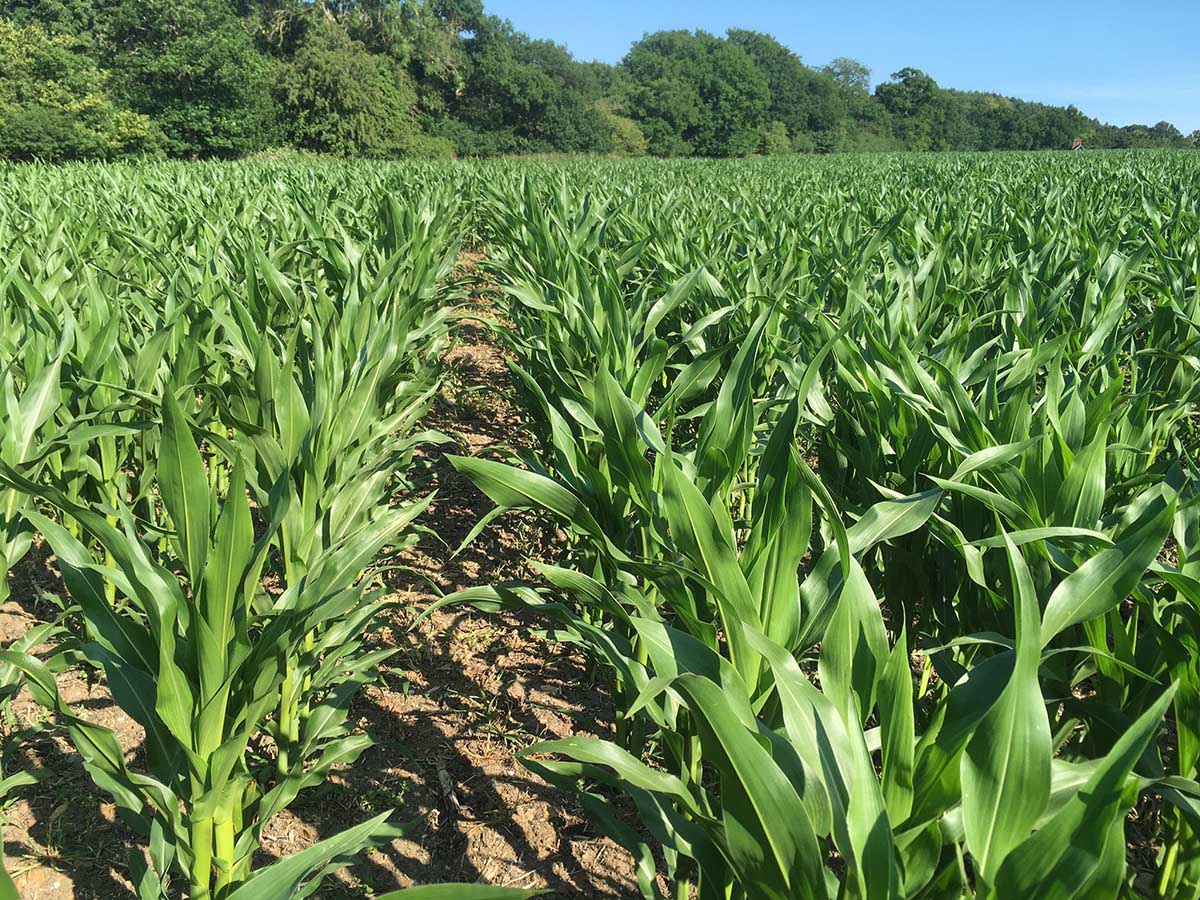

Garden Essentials
Why Didn’t Corn Germinate?
Modified: August 27, 2024
Learn why your garden corn didn't germinate and discover common reasons for failed germination. Get expert advice on improving your next crop
(Many of the links in this article redirect to a specific reviewed product. Your purchase of these products through affiliate links helps to generate commission for Storables.com, at no extra cost. Learn more)
Introduction
Welcome to the world of gardening! Whether you are a seasoned gardener or just starting out, the journey of growing plants is filled with excitement and challenges. One of the most fulfilling moments for any gardener is seeing their seeds germinate and sprout into healthy plants. However, there are times when we encounter setbacks, such as the disappointing case of corn seeds failing to germinate.
Corn, also known as maize, is a staple crop in many parts of the world. Its success in germination is crucial for a bountiful harvest. Understanding the factors that can inhibit corn germination is essential to address any potential issues and ensure success in your gardening endeavors.
In this article, we will explore the various factors that may contribute to corn seeds failing to germinate. By identifying and addressing these factors, you can take proactive steps to improve your chances of successful corn germination and ultimately achieve a thriving corn crop.
Let’s dive in and uncover the possible reasons behind why your corn seeds may not have germinated as expected.
Key Takeaways:
- Ensure your corn seeds have enough moisture by watering regularly, using mulch, and monitoring soil moisture to promote successful germination.
- Improve soil quality, follow recommended planting times, and store fresh seeds properly to maximize the chances of successful corn germination.
Read more: How Long Does Corn Germinate
Factors Affecting Corn Germination
Corn germination is a delicate process influenced by several factors. Understanding these factors is crucial in troubleshooting any issues you may encounter with your corn seeds’ germination. Let’s explore the key factors that can affect corn germination.
- Insufficient Moisture: Adequate moisture is essential for seed germination. If the soil is too dry, the corn seeds may fail to absorb enough water to initiate the germination process. It is important to provide consistent moisture during the germination period, ensuring that the soil is moist but not waterlogged.
- Poor Soil Quality: The quality of the soil plays a significant role in corn germination. Corn seeds thrive in well-drained soil with a balanced mix of organic matter and nutrients. Poor soil structure, low fertility, or excessive compaction can hinder the germination process. It is essential to prepare the soil properly by loosening it, amending it with compost, and ensuring optimal conditions for the seeds to establish roots.
- Improper Temperature: Corn seeds require specific temperature conditions to germinate successfully. Planting corn too early in cold soil can prevent germination, as the seeds may become dormant or rot. On the other hand, planting corn when the soil temperature is too high can also hinder germination. It is vital to check the recommended soil temperature for corn germination and plant accordingly.
- Seed Viability Issues: The viability of the corn seeds themselves can affect germination. If the seeds are old, damaged, or improperly stored, their germination rate may decrease. It is advisable to use fresh, high-quality seeds from reputable sources to maximize the chances of successful germination.
- Pest and Disease Problems: Pests and diseases can impact the germination of corn seeds. Insects, such as corn rootworms or wireworms, can damage the seeds or seedlings, inhibiting germination. Additionally, fungal diseases like damping-off can cause seed rot or seedling death. Implementing pest control measures and maintaining proper hygiene in your garden can help prevent these issues.
- Improper Planting Depth: Planting corn seeds at the incorrect depth can impede germination. If planted too shallow, the seeds may not establish proper root growth, resulting in weak or failed germination. Conversely, if planted too deep, the seeds may struggle to emerge from the soil’s surface. It is essential to follow the recommended planting depth provided on the seed packet.
By being aware of these factors and taking appropriate measures, you can increase the chances of successful corn germination. In the next sections, we will delve deeper into each factor and provide actionable tips to overcome any obstacles you may face.
Insufficient Moisture
One of the most common reasons why corn seeds fail to germinate is insufficient moisture. Adequate moisture is crucial for the seeds to absorb water and initiate the germination process. Without enough moisture, the corn seeds will struggle to break through their hard outer shells and begin sprouting.
When planting corn seeds, it is important to ensure that the soil is consistently moist. If the soil becomes dry, the seeds may not be able to absorb enough water, leading to unsuccessful germination.
To address this issue, there are several steps you can take to provide sufficient moisture for your corn seeds:
- Proper irrigation: Regularly water the soil to maintain moisture levels. Avoid overwatering, as it can lead to waterlogged soil and create unfavorable conditions for germination. Instead, water the soil deeply and evenly, ensuring that the moisture reaches the root zone of the corn seeds.
- Mulching: Apply a layer of organic mulch, such as straw or compost, around the planted corn seeds. Mulch helps retain moisture in the soil, preventing it from evaporating too quickly. It also helps regulate soil temperature, reducing stress on the germinating seeds.
- Covering the soil: Consider using a plastic cover or row covers to create a mini greenhouse effect. This can help trap moisture and heat, creating optimal conditions for germination. However, be cautious not to create excessive heat or humidity, as it can lead to fungal issues.
- Watering during dry spells: Pay close attention to weather conditions, especially during dry spells. If there is a lack of rainfall, supplement irrigation by watering the corn seeds manually. Consider using a drip irrigation system or soaker hose to ensure the water reaches the roots directly.
- Monitor soil moisture: Regularly assess the moisture levels of the soil by inserting your finger into the soil up to the second knuckle. If it feels dry, it’s time to water. Monitoring the soil moisture helps you avoid overwatering or underwatering, ensuring optimal conditions for corn germination.
By providing sufficient moisture, you create an ideal environment for corn seeds to germinate. This increases the chances of successful germination and promotes healthy seedling growth. Remember to strike a balance with moisture levels, as excessive water can lead to root rot and disease issues. With proper irrigation and monitoring, you can set your corn seeds up for success in their germination journey.
Poor Soil Quality
The quality of the soil has a significant impact on the germination process of corn seeds. Poor soil conditions can hinder the development of roots and affect the overall health of the seedlings. Factors such as soil structure, fertility, and compaction can all contribute to poor soil quality and impede corn germination.
To improve the soil quality for better corn germination, consider the following steps:
- Soil testing: Conduct a soil test to assess its nutrient levels and pH. A soil test will provide valuable information about any deficiencies or imbalances that may be hindering germination. Based on the test results, you can amend the soil with appropriate fertilizers or organic matter to create optimal conditions for corn germination.
- Improving soil structure: Corn seeds need loose, well-drained soil to establish healthy root systems. If your soil is compacted or heavy in clay, consider incorporating organic matter, such as compost or aged manure, to improve its structure. The organic matter will enhance soil aeration, drainage, and overall fertility.
- Avoiding excessive fertilizer: While proper fertilization is essential for robust plant growth, excessive use of fertilizers, especially nitrogen, can hinder corn germination. Too much nitrogen can lead to rapid leaf and stem growth but inhibit root development. Follow the recommended fertilizer guidelines, and use slow-release or organic fertilizers to support healthy germination.
- Amending soil nutrients: Based on the soil test results, add appropriate nutrients to ensure a well-balanced soil for corn germination. Phosphorus and potassium are critical for early root development. Incorporate these nutrients into the soil before planting, following the recommended application rates.
- Conserving moisture: In addition to providing adequate moisture, conserving soil moisture is crucial for corn germination. Organic mulches, such as straw or wood chips, can help regulate soil temperature and prevent moisture evaporation. Mulching also contributes to improving soil structure over time as the mulch breaks down and adds organic matter to the soil.
By addressing poor soil quality, you provide a favorable growing environment for corn seeds. The improved soil structure, nutrients, and moisture retention will enhance germination rates and support healthier seedling growth. With consistent care and attention to soil quality, you can overcome potential obstacles and ensure successful corn germination.
Improper Temperature
Temperature plays a crucial role in the germination process of corn seeds. Corn seeds require specific temperature conditions to initiate germination and develop into healthy seedlings. Planting corn in unfavorable temperature conditions can hinder germination and impede the overall growth of the plants.
To ensure optimal temperature conditions for corn germination, consider the following guidelines:
- Soil temperature: Corn seeds germinate best when the soil temperature ranges between 50°F and 86°F (10°C and 30°C). Planting corn when the soil is too cold, below 50°F, can result in delayed or failed germination. Conversely, planting corn when the soil is too hot, above 86°F, can inhibit germination as well. It is essential to monitor the soil temperature and plant corn when it falls within the recommended range.
- Air temperature: In addition to soil temperature, air temperature also plays a role in corn germination. For optimal germination, the air temperature should be consistently above 50°F. Sustained cold temperatures can slow down or prevent germination. Plant corn when the weather is relatively warm and stable to promote successful germination.
- Seasonal timing: Corn is a warm-season crop that thrives in spring and summer. Planting corn too early in the spring, when the soil and air temperatures are still cold, can hinder germination. On the other hand, planting corn too late in the season may not allow enough time for the plants to mature before the arrival of frost. Take into account the recommended planting times for your specific region to ensure optimal temperature conditions for corn germination.
- Pre-warming the soil: If you live in an area with a short growing season or colder temperatures, consider pre-warming the soil before planting corn. Use techniques such as covering the planting area with black plastic or using protective covers to trap heat and raise the soil temperature. This can help create a favorable environment for corn germination.
- Providing shade: During periods of hot weather, you can protect the corn seeds from excessive heat by providing some shade. Consider using shade cloth or planting corn near taller plants or structures that can offer partial shade. This can help regulate the temperature and prevent stress on the germinating seeds.
By ensuring proper temperature conditions, you maximize the chances of successful corn germination. Monitoring soil and air temperatures, choosing the right planting times, and implementing strategies to adjust temperature extremes are all important steps in promoting successful germination. With the right temperature conditions, your corn seeds will thrive and develop into healthy, productive plants.
Ensure that the soil is consistently moist but not waterlogged, and that the temperature is between 60-95°F. Plant the corn at the correct depth (1-2 inches) and space the seeds 9-12 inches apart.
Read more: What Temperature Do Sweet Corn Germinate In
Seed Viability Issues
The viability of corn seeds directly affects germination success. Seed viability refers to the ability of the seeds to germinate and produce healthy seedlings. If the seeds are old, damaged, or improperly stored, their germination rate can significantly decrease, leading to failed germination.
To ensure optimal seed viability and improve germination rates, consider the following steps:
- Use fresh seeds: Purchase corn seeds from reputable sources and choose seeds with recent production dates. Fresh seeds have higher germination rates compared to older seeds. The recommended shelf life for corn seeds is typically about two to three years, although it can vary depending on the specific seed variety.
- Store seeds properly: Proper storage is crucial for maintaining seed viability. Keep the corn seeds in a cool, dry place, away from direct sunlight and humidity. Use airtight containers or resealable seed packets to protect the seeds from exposure to moisture and air. Label the containers with the seed variety and the date of purchase to track their age.
- Perform a germination test: Conducting a germination test can help assess the viability of your corn seeds before planting. Take a sample of the seeds and place them between moist paper towels or in a seed tray. Keep them in a warm location and monitor their germination progress. After a designated period, count the number of seeds that have successfully germinated to determine the germination rate. If the germination rate is low, you may need to consider purchasing fresh seeds.
- Treat seeds with fungicide: Fungal diseases can significantly impact seed viability. To prevent fungal issues, you can treat corn seeds with a fungicide before planting. Follow the instructions provided on the product label and ensure proper handling and application of the fungicide.
- Seed scarification: Some corn varieties have seeds with thick seed coats that can inhibit germination. Scarification is a process that involves lightly nicking or scratching the seed coat to enhance water absorption. This technique can improve germination rates for seeds with tougher coats. Be cautious when performing seed scarification to avoid damaging the seed embryo.
By paying attention to seed viability and taking appropriate measures, you can improve the chances of successful corn germination. Using fresh seeds, storing them properly, conducting germination tests, and employing treatment methods when necessary will ensure that your corn seeds are in optimal condition for germination. With viable seeds, you set the foundation for a successful and productive corn crop.
Pest and Disease Problems
Pests and diseases can pose significant challenges to corn germination. Insects, animals, and fungal or bacterial pathogens can damage the seeds or seedlings, inhibiting germination and compromising the overall health of the crop. Managing pest and disease problems is crucial for successful corn germination and the subsequent growth of the plants.
To mitigate pest and disease issues and promote healthy germination, consider the following strategies:
- Pest identification and prevention: Familiarize yourself with common pests that attack corn, such as corn rootworms, wireworms, and seed corn maggots. Implement preventive measures like crop rotation and selecting resistant corn varieties to reduce the risk of pest infestations. Use physical barriers such as row covers or netting to deter pests from accessing the seeds.
- Seed treatment: Treat the corn seeds with appropriate insecticides or fungicides to protect them from potential pest damage or seed-borne diseases. Follow the instructions provided on the product label and ensure proper handling and application of the treatment.
- Good garden hygiene: Maintain cleanliness and good hygiene practices in your garden to minimize the risk of disease transmission. Remove plant debris, weeds, and other materials that can harbor pests and diseases. Properly dispose of any infected or diseased plant material to prevent the spread of pathogens.
- Regular monitoring: Inspect the corn plants regularly for signs of pest infestation or disease symptoms. Early detection allows for timely intervention and minimizes the impact on germination and plant health. Monitor for chewed leaves, wilting, discoloration, or other abnormal symptoms. Take immediate action if any issues are identified.
- Natural pest control: Consider using natural methods of pest control, such as introducing beneficial insects or planting companion plants that repel pests. For example, marigolds can help deter certain pests, while attracting beneficial insects like ladybugs. Maintaining a diverse ecosystem in your garden can help naturally control pest populations.
By effectively managing pests and diseases, you can enhance the chances of successful corn germination. Implement preventive measures, treat seeds when necessary, maintain cleanliness in your garden, and promptly address any pest or disease issues that arise. With a proactive approach, you can protect your corn seeds from harm and ensure healthy germination and growth.
Improper Planting Depth
The depth at which you plant your corn seeds is a critical factor that can impact germination success. Planting corn seeds at the incorrect depth can lead to weak or failed germination. If the seeds are planted too shallow, they may struggle to establish proper root growth. Conversely, if planted too deep, the seeds may struggle to emerge from the soil’s surface.
To ensure proper planting depth and promote successful corn germination, consider the following guidelines:
- Follow seed packet instructions: The recommended planting depth for corn seeds can vary depending on the specific variety. Check the instructions provided on the seed packet for the ideal planting depth. Generally, corn seeds are planted approximately 1-2 inches deep, but specific requirements may vary.
- Soil moisture considerations: Take into account the moisture levels of the soil when deciding on planting depth. If the soil is dry, planting the seeds slightly deeper can ensure they have access to moisture. In contrast, if the soil is already adequately moist, planting the seeds at the shallower end of the recommended depth can help promote quick emergence.
- Consider soil type: The type of soil in your garden can also impact planting depth. In heavy clay soils, it may be necessary to plant the seeds slightly shallower to ensure proper drainage. In sandy or loamy soils, planting at the recommended depth helps anchor the seeds and establish healthy root systems.
- Avoiding extreme planting depths: It is important to avoid planting corn seeds too shallow or too deep. Planting them too shallow can expose them to drying out quickly, while planting them too deep can prolong emergence time and lead to weak seedlings. Aim for a depth that allows for proper seed-to-soil contact without burying the seeds excessively.
- Consistency in planting depth: Maintain consistency in planting depth throughout the garden or field. Uneven planting depths can result in uneven emergence and growth. Use a planting guide or marker to ensure consistent depth across rows or planting areas.
By planting your corn seeds at the appropriate depth, you create an ideal environment for germination and ensure that the emerging seedlings have a strong start. Following the recommended planting depth, considering soil moisture and type, and maintaining consistency will help maximize germination success and promote healthy growth in your corn crop.
Conclusion
Successful corn germination is essential for a thriving crop and a rewarding gardening experience. While encountering challenges in corn germination is not uncommon, understanding the factors that can hinder it allows you to take proactive measures to address these issues.
In this article, we explored several factors that can affect corn germination. Insufficient moisture, poor soil quality, improper temperature, seed viability issues, pest and disease problems, and improper planting depth were all discussed. By identifying and addressing these factors, you can increase the chances of successful germination and promote healthy seedling growth.
To overcome these challenges, it is important to provide adequate moisture by proper irrigation and mulching, improve soil quality through soil testing and amendments, ensure proper temperature conditions, use fresh and properly stored seeds, manage pest and disease issues, and plant corn seeds at the appropriate depth.
Remember, gardening is a continual learning process, and each growing season brings new opportunities for improvement. By observing, adapting, and applying the knowledge gained from your experiences, you’ll develop a deeper understanding of how to optimize corn germination in your specific garden conditions.
With careful attention to these factors and the implementation of best practices, you can increase the likelihood of successful corn germination and set the foundation for a fruitful harvest. Enjoy the journey of growing corn and savor the satisfaction of witnessing your seeds transform into thriving corn plants.
Frequently Asked Questions about Why Didn't Corn Germinate?
Was this page helpful?
At Storables.com, we guarantee accurate and reliable information. Our content, validated by Expert Board Contributors, is crafted following stringent Editorial Policies. We're committed to providing you with well-researched, expert-backed insights for all your informational needs.
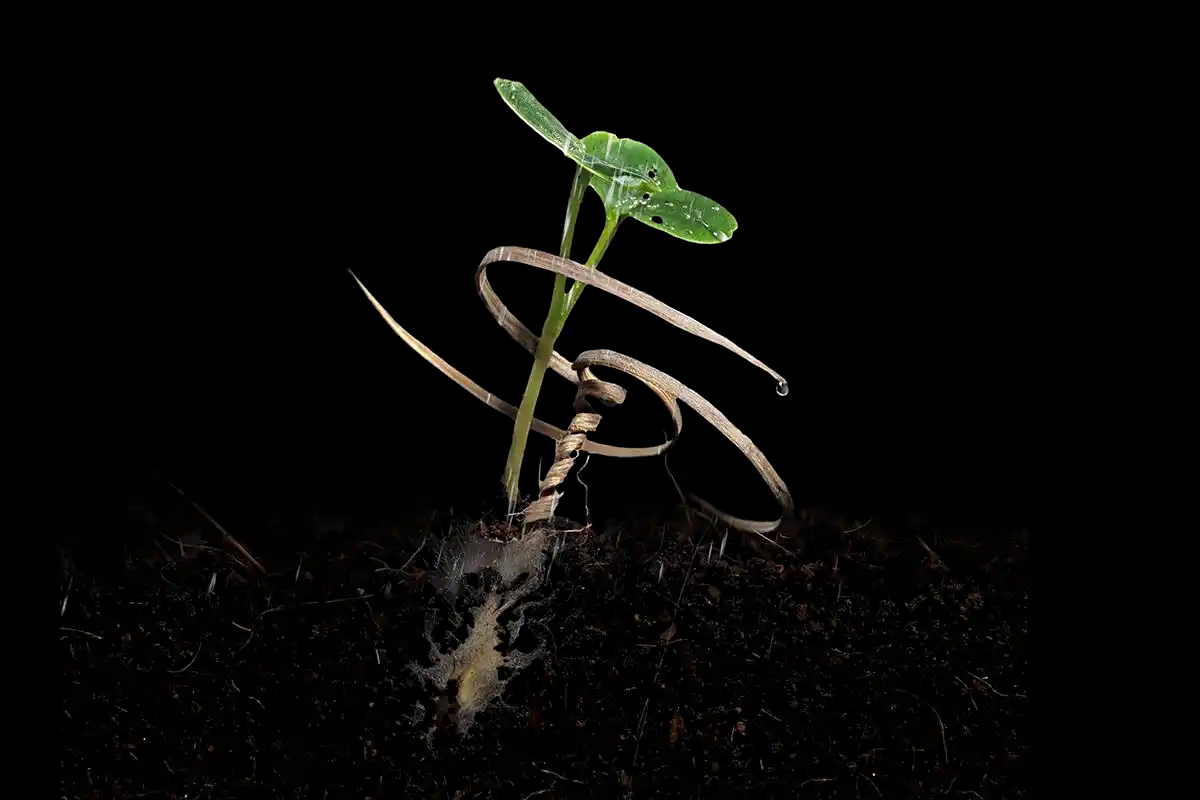
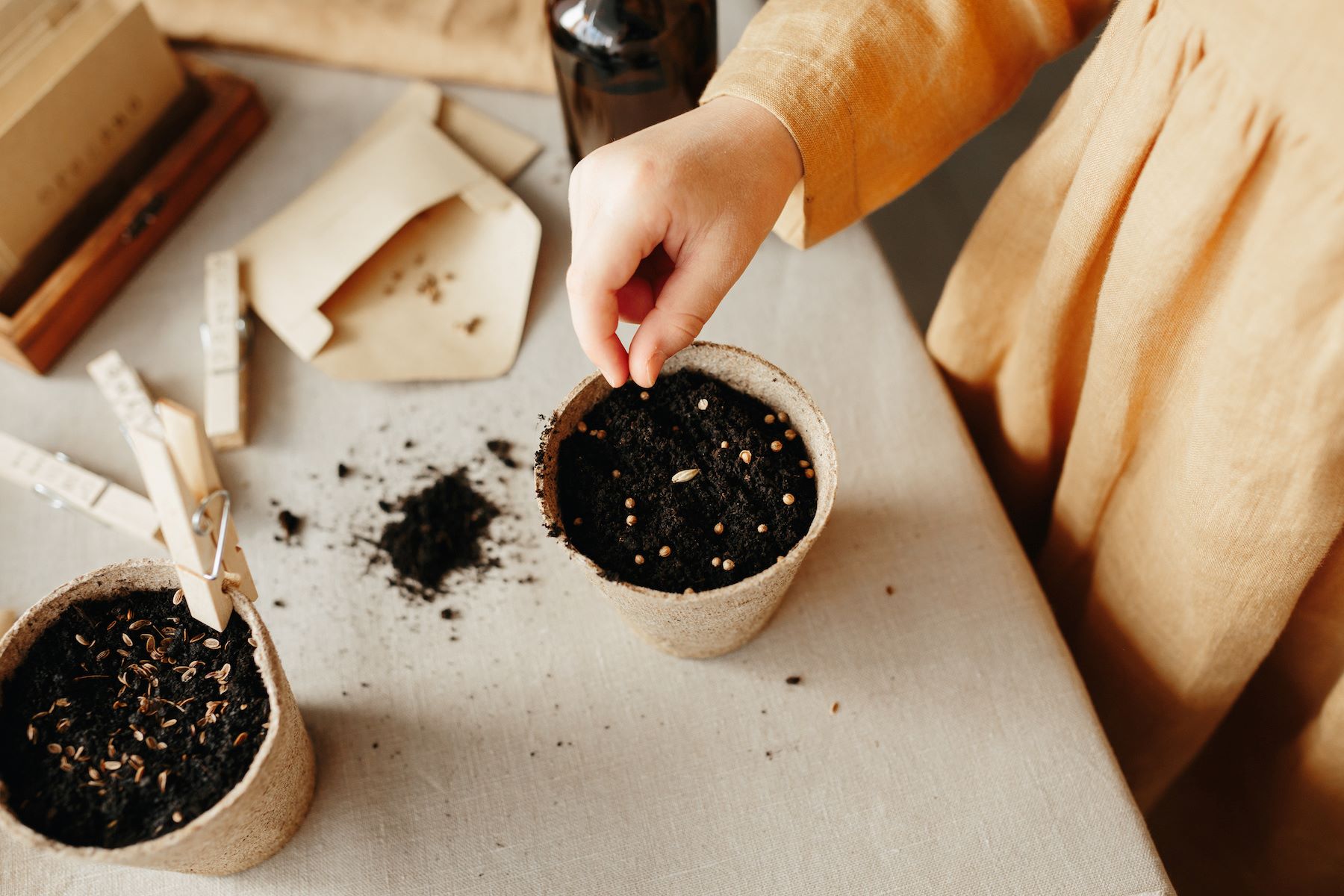
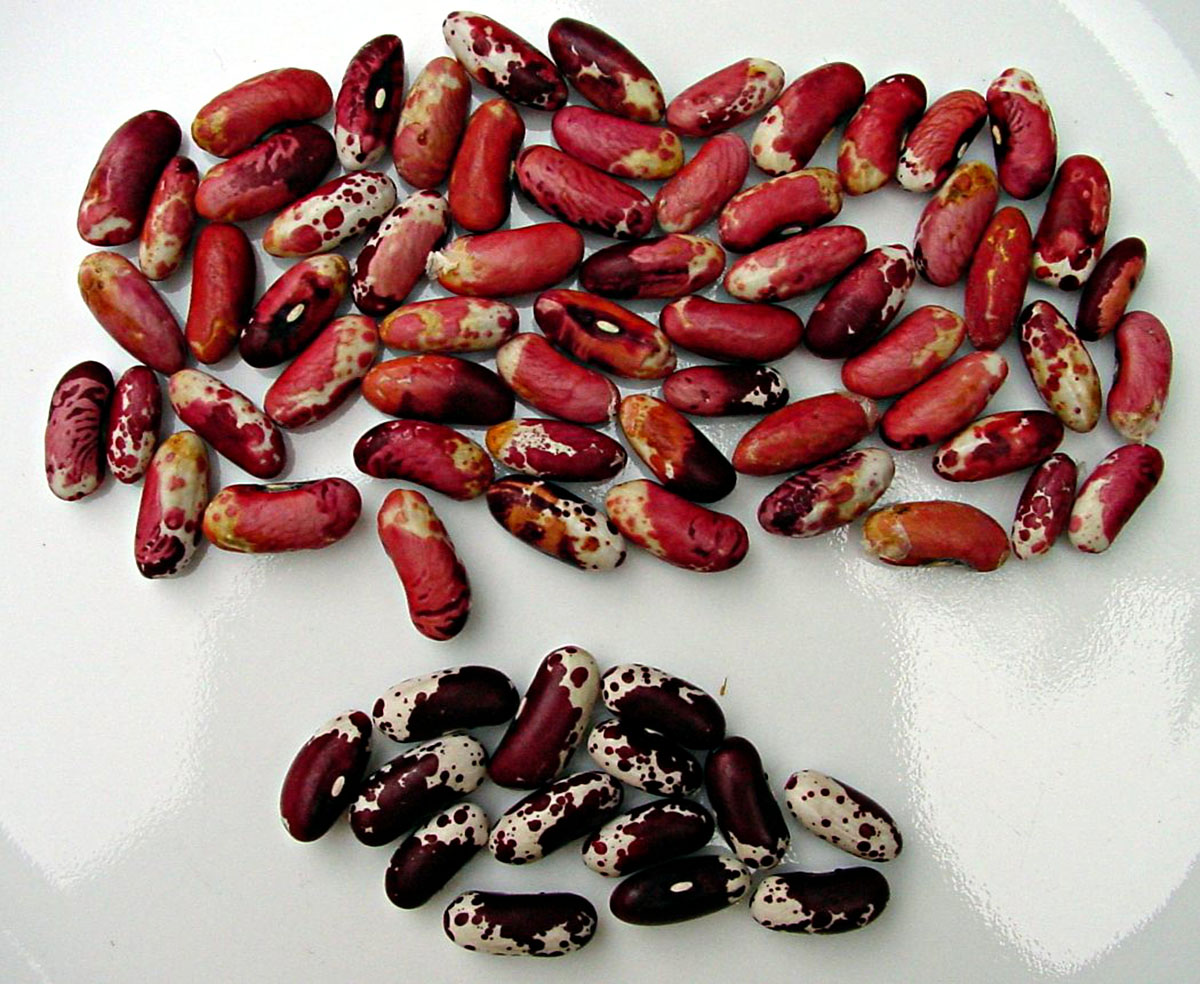
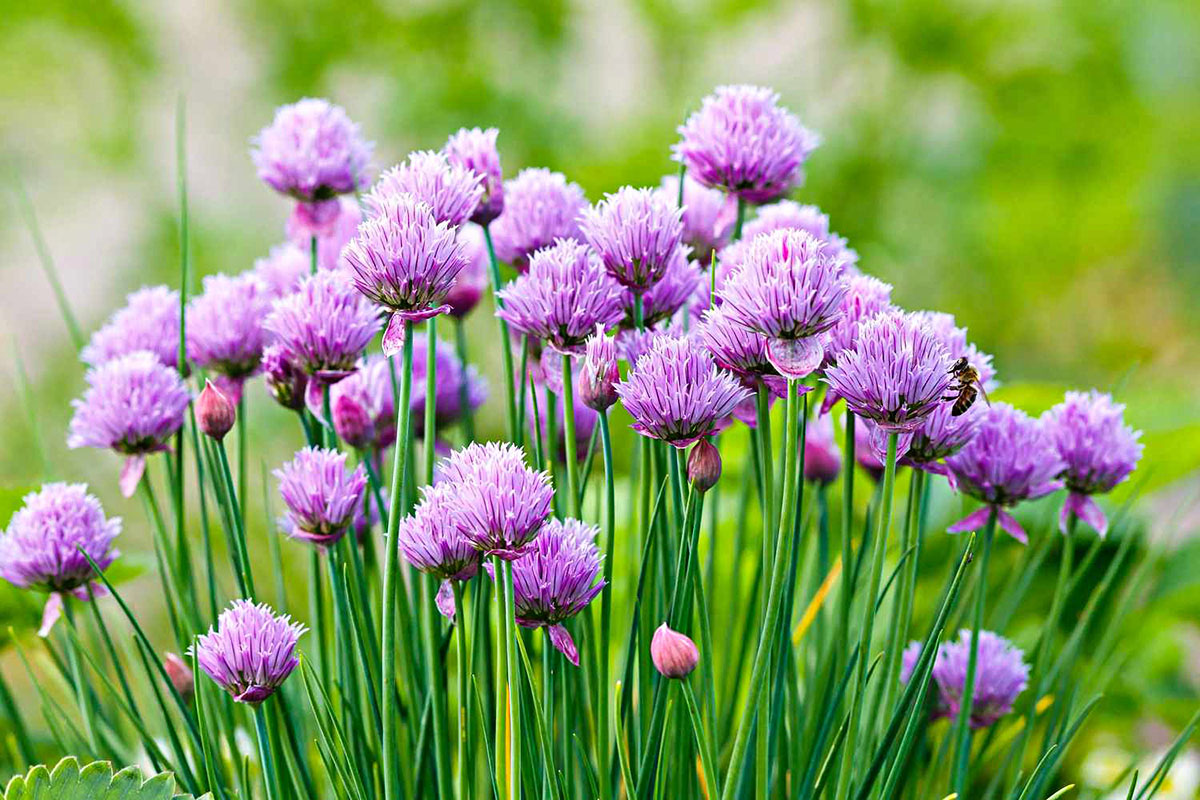
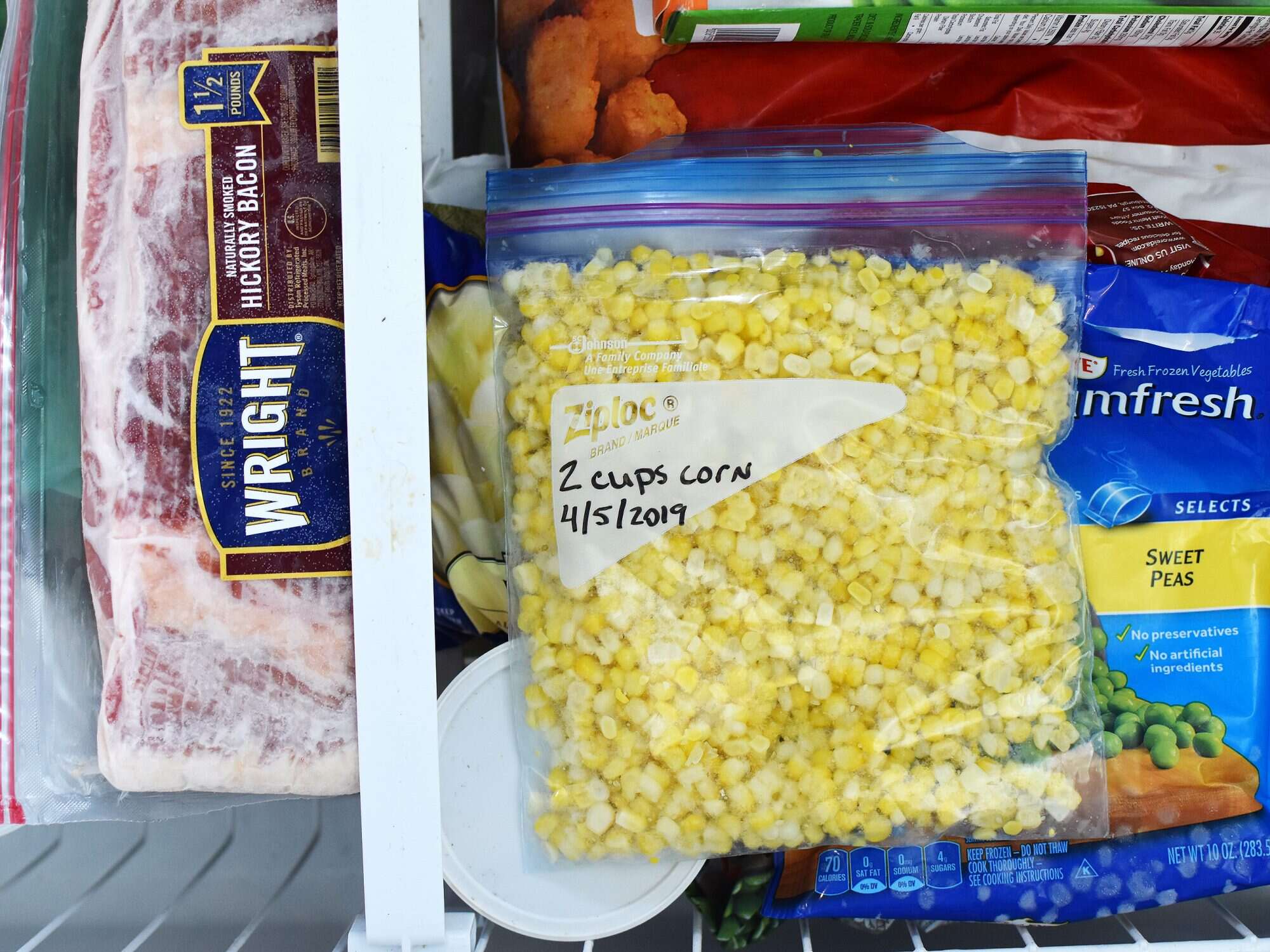
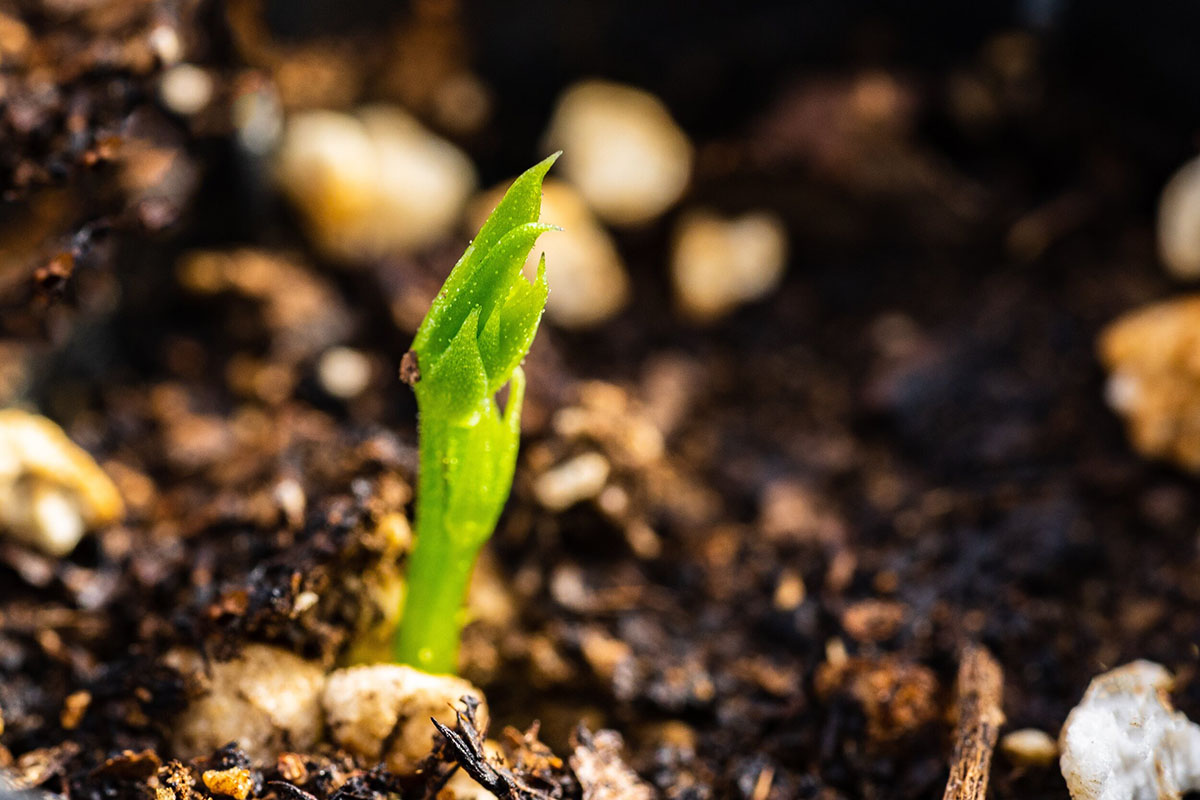
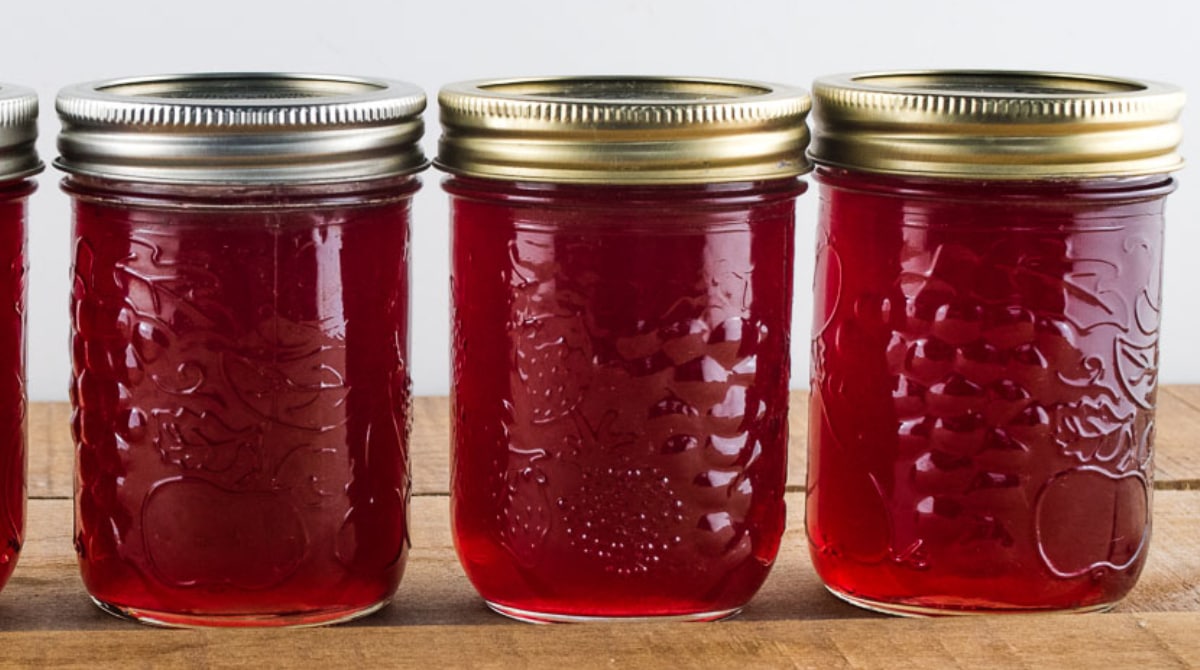
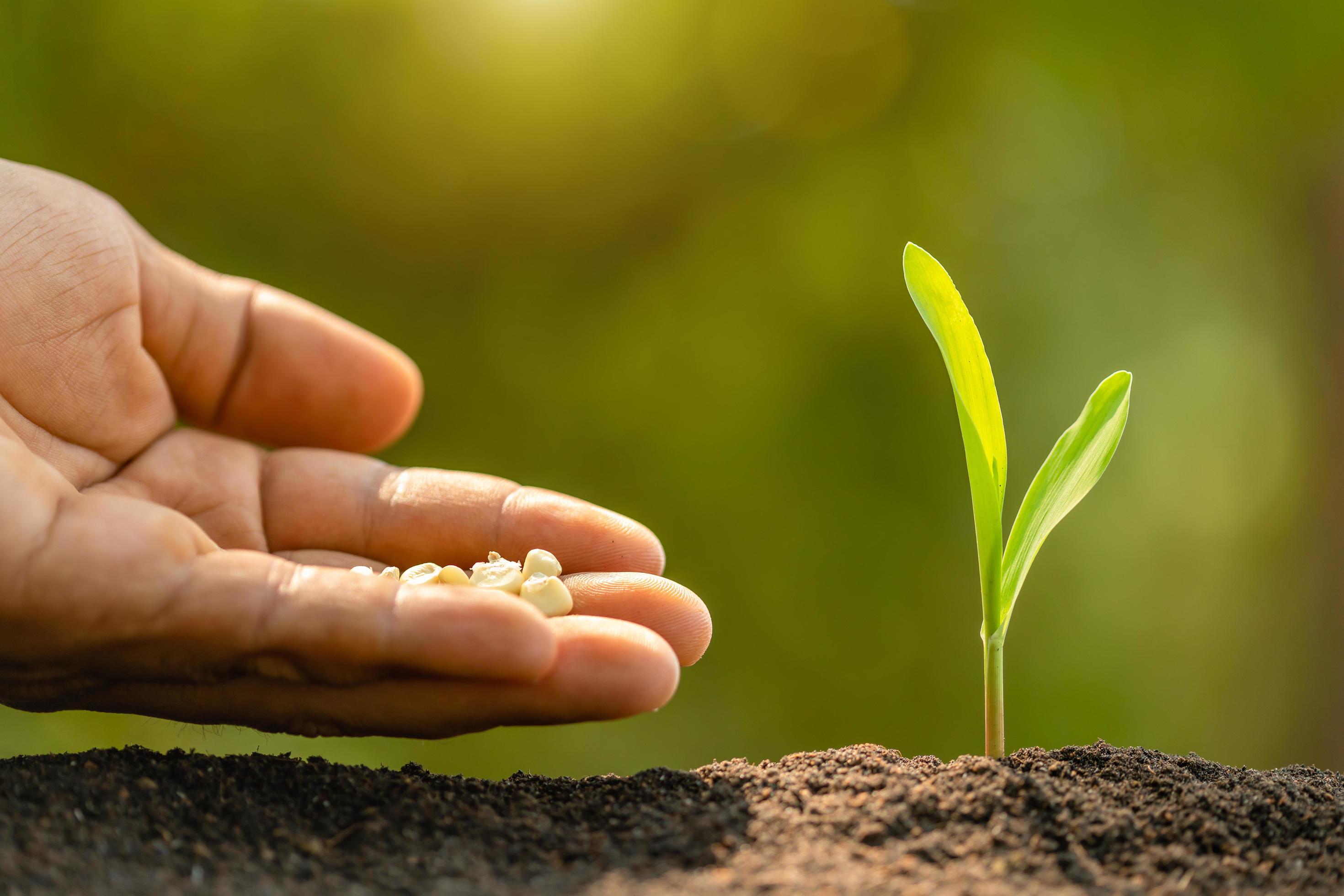
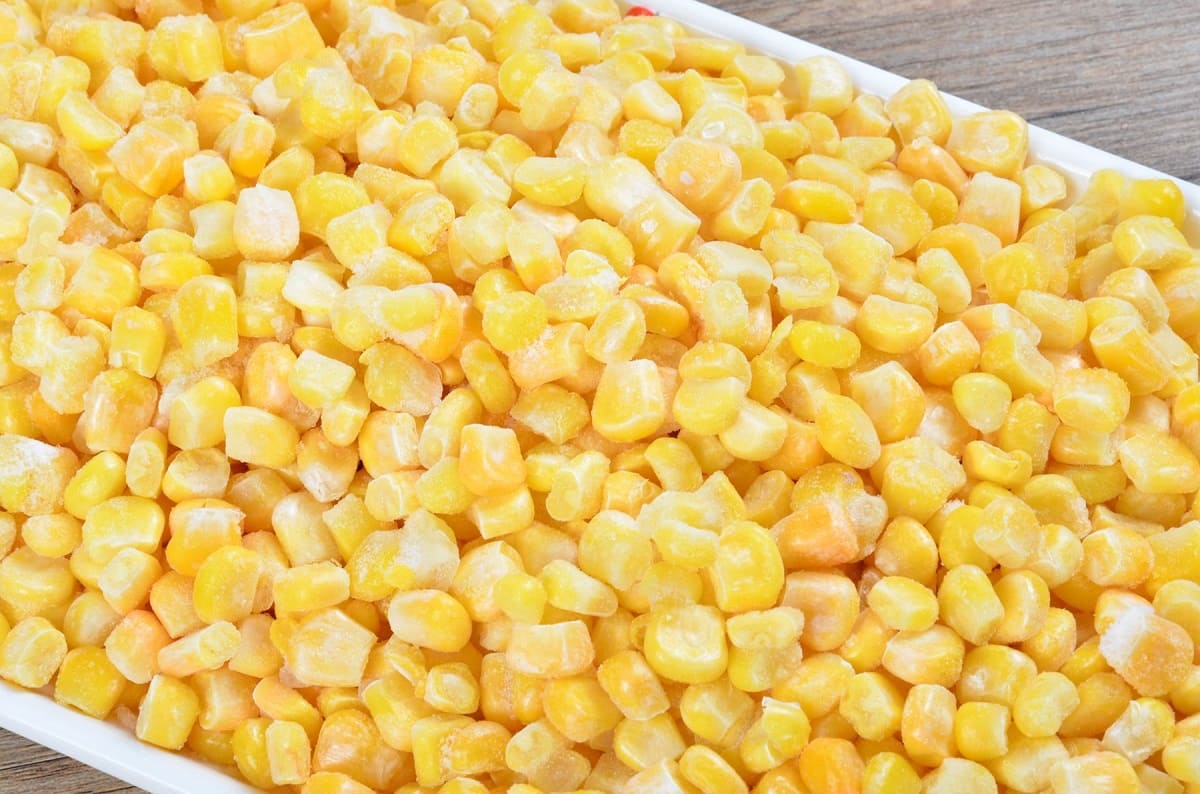
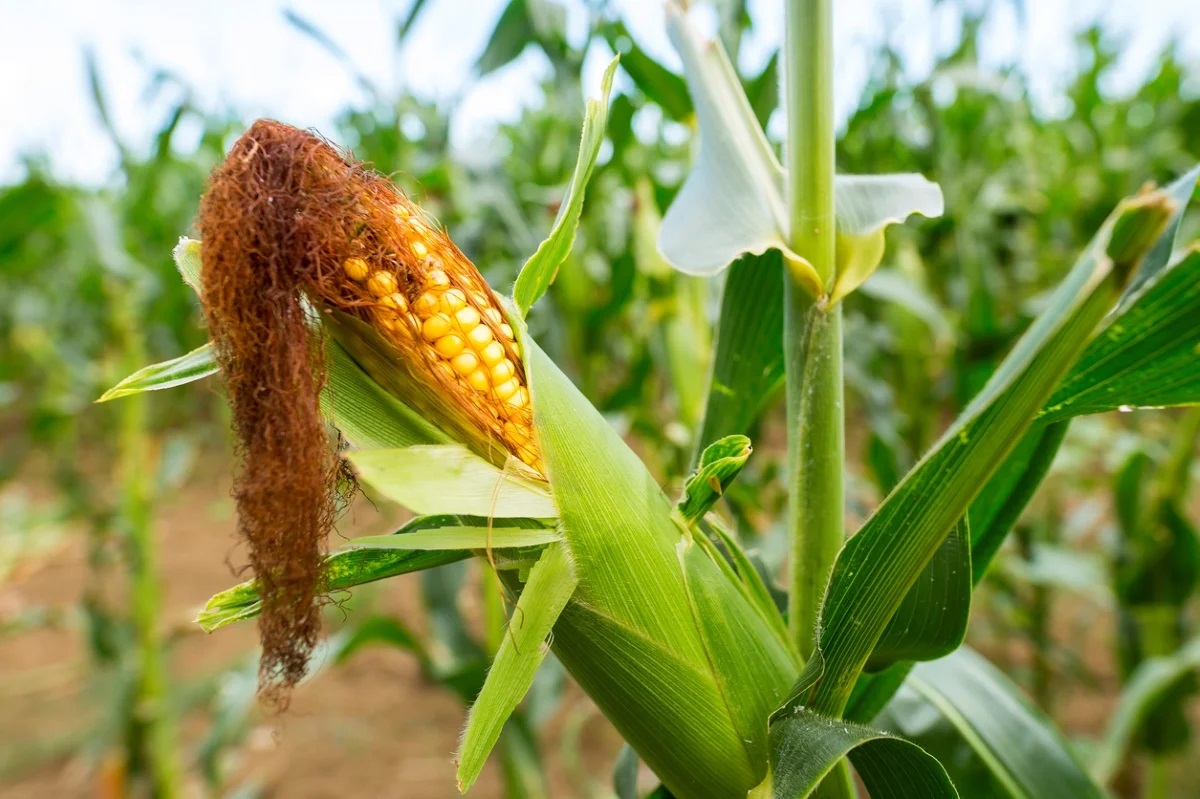
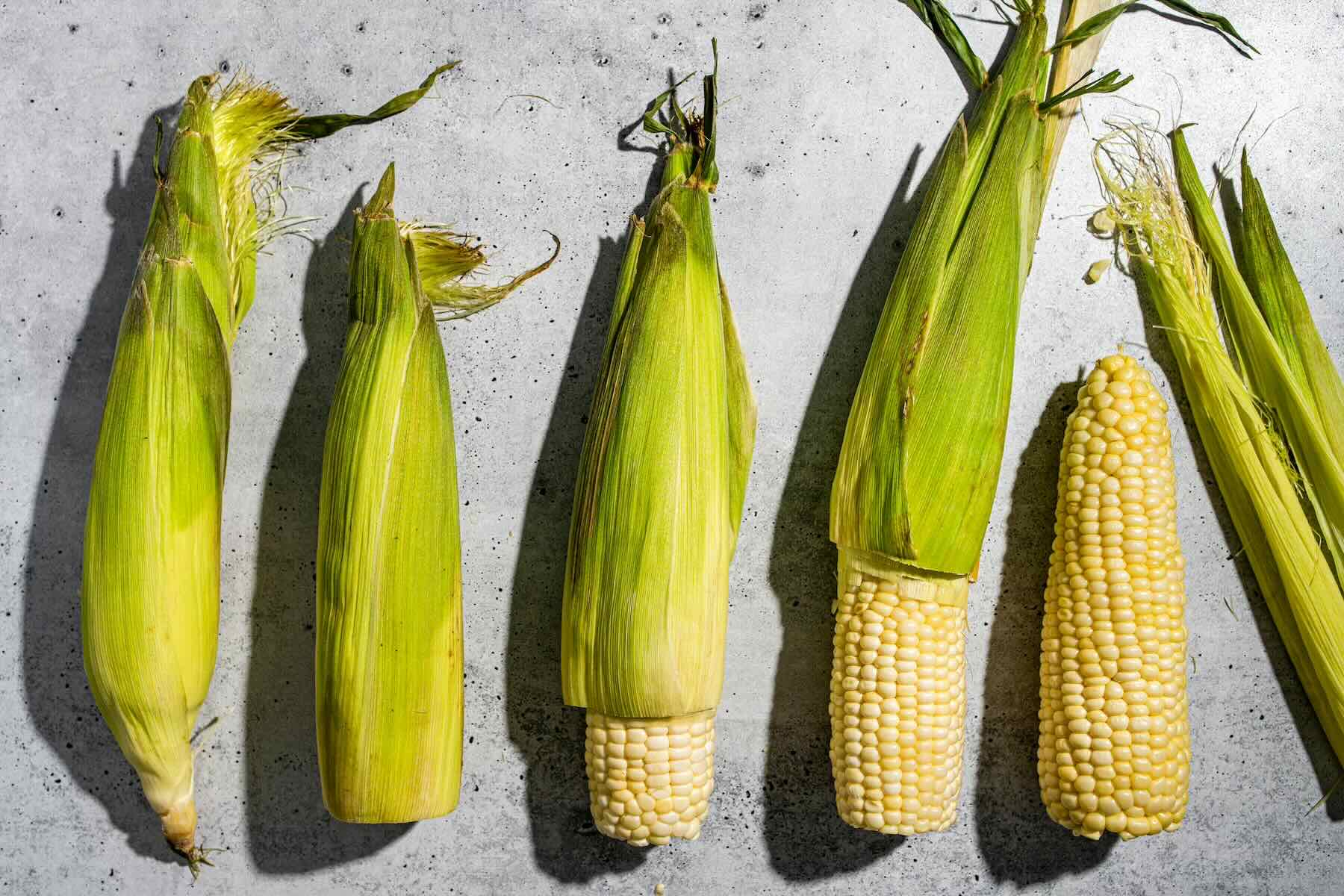
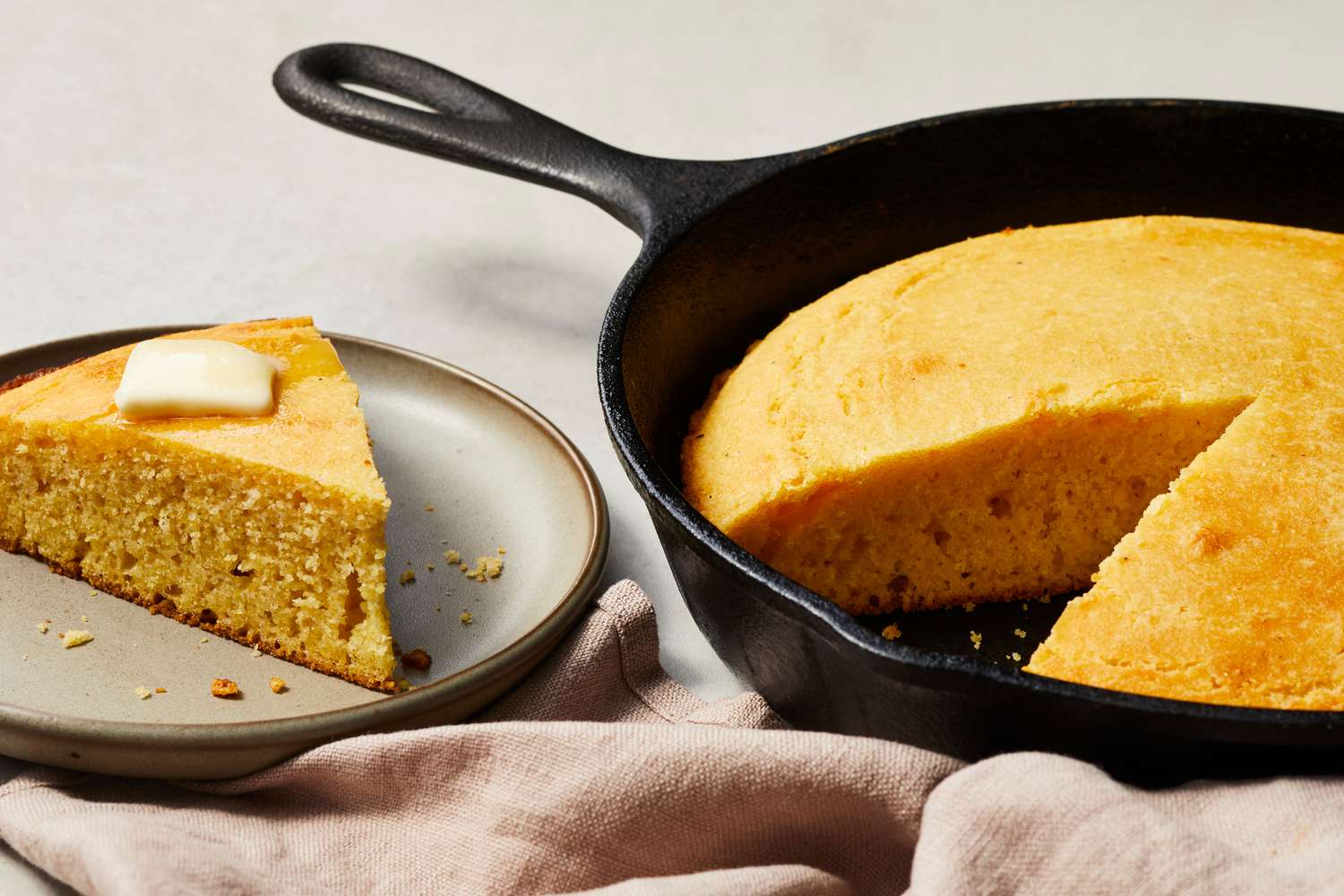
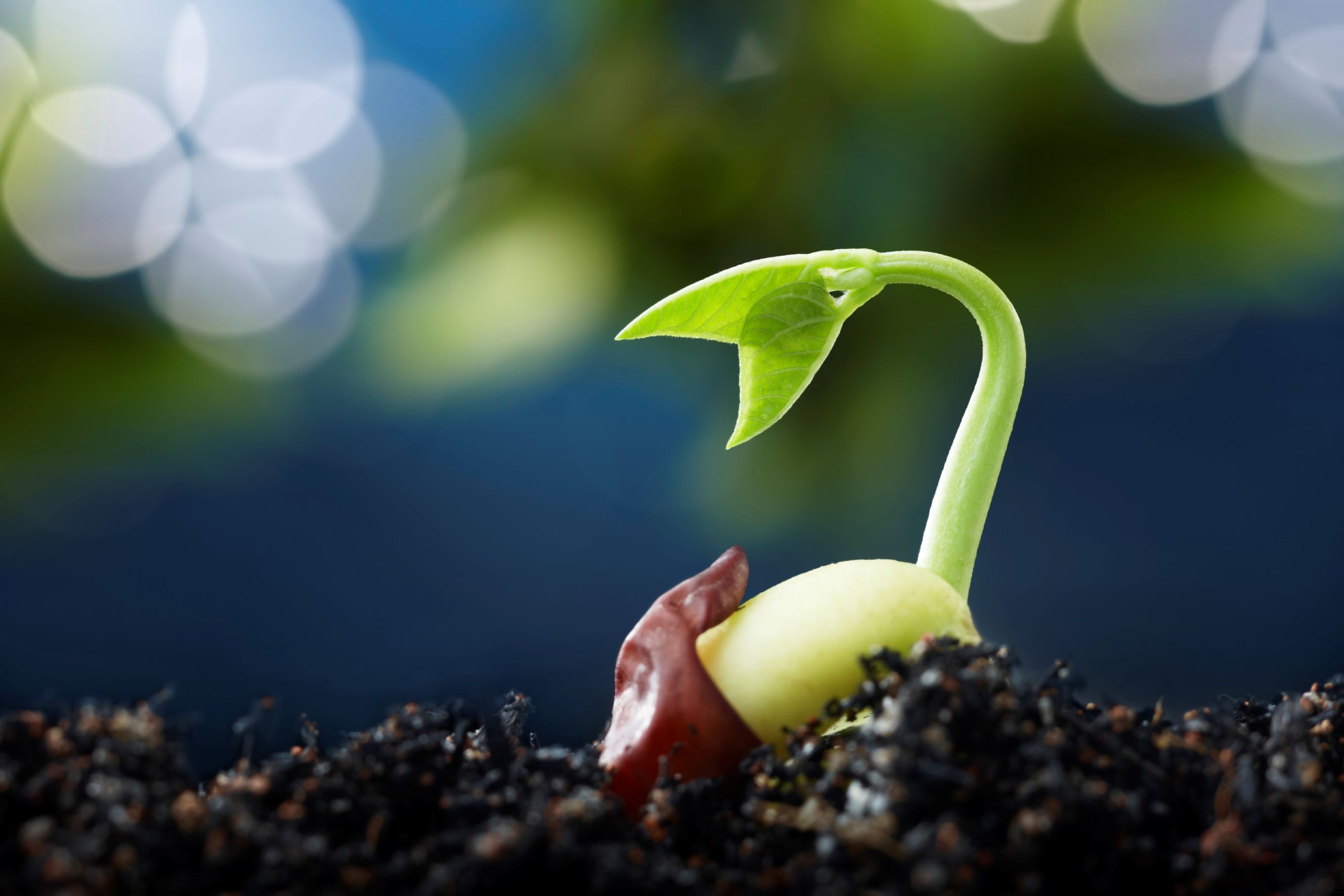


0 thoughts on “Why Didn’t Corn Germinate?”